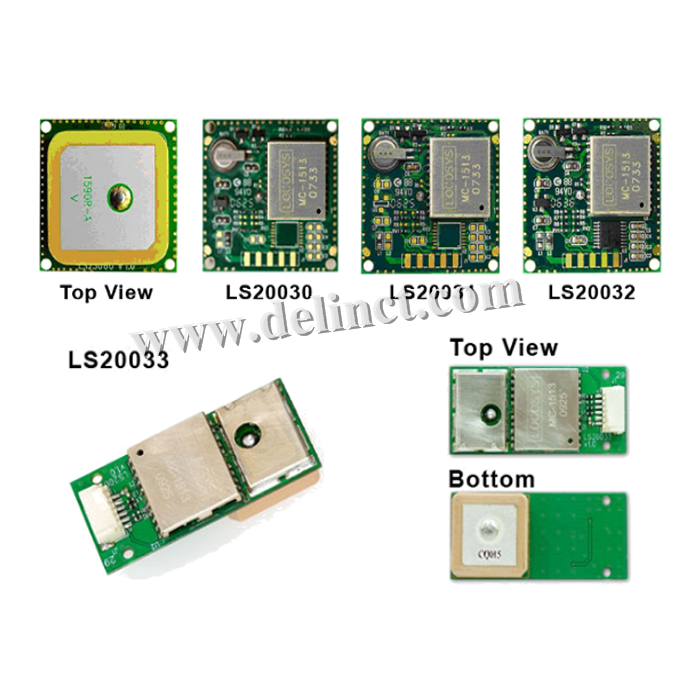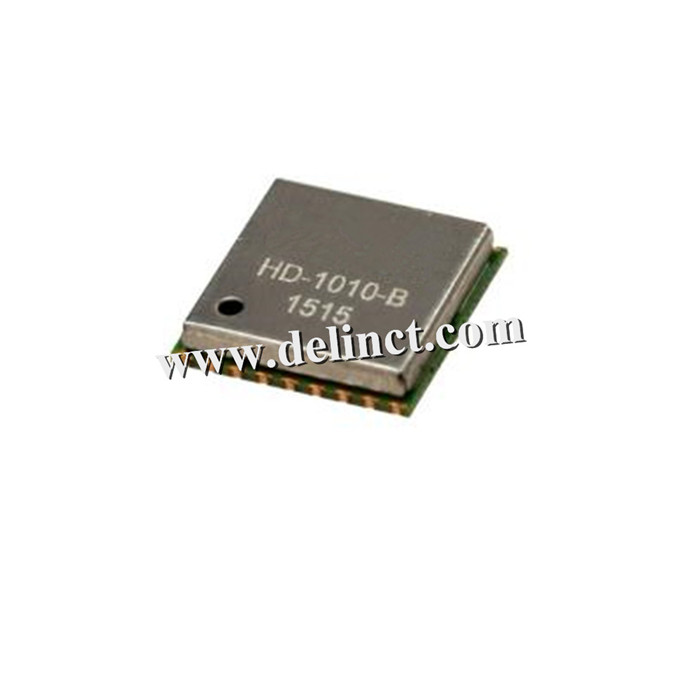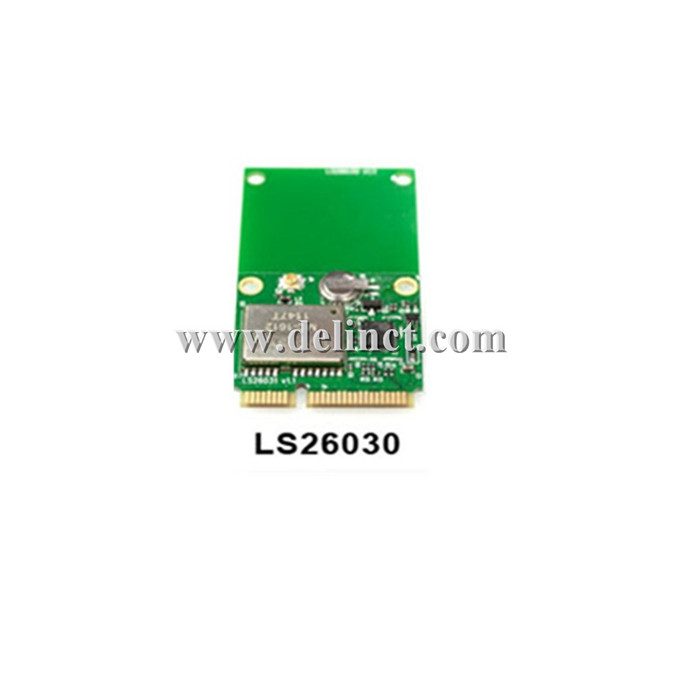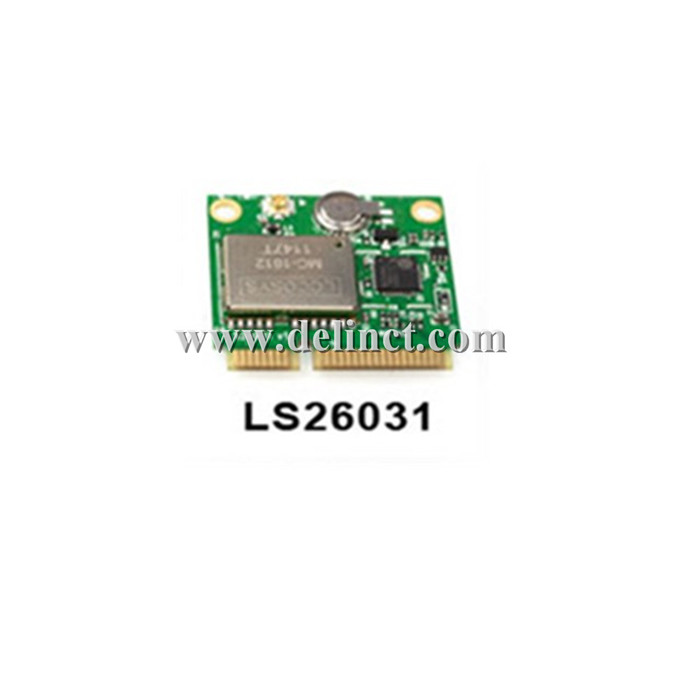In the first quarter of 2011, the world’s top 17 LCD TV brands produced 41.10 million LCD TVs, and these brands produced 44.8 million units in the second quarter, with a quarterly growth rate of 9%. Lejin Electronics and mainland China complete machine manufacturers (such as TCL, Hisense, Skyworth and Changhong) are the most active companies in terms of output growth, and their scheduled output growth rate reaches double digits. Japanese brands, including Sharp, Panasonic, Sony and Toshiba, are conservative plans and may even cut production, mainly due to the strong earthquakes in Japan and the uncertain economic environment.
"LCD TVs have aggressively reduced their prices in the fourth quarter of last year. The conversion of the new models of the year is also ongoing and will continue to reach retail outlets. At present, the inventory of the supply chain is maintained at a healthy level." Yang Jingping, research director of DisplaySearch, pointed out: "The survey Display, LCD TV brand turned conservative, priority implementation of inventory management, and if necessary, adjust the production plan, in order to avoid the main market sales performance is not as expected.
DisplaySearch pointed out that the production of LCD TV brands surveyed in February was only 5% less than the original plan, but the production plan in March was obviously more conservative. The plan for 9% growth in LCD TV production in the second quarter of this year may also be affected by the slowdown of actual sales in major markets and the weakening demand in Japan. The predictions for television brands are different, with some leading brands offering double-digit quarterly growth rates, while others are estimated to have slightly decreased in the second quarter.
The adjustment of monthly output increase and decrease is mainly due to sales performance and time to market for new models, and will affect panel inventory and production plans. Samsung LCD TV production has remained stable at present. It produced an average of 3 million units per month before the first half of the year, except that it produced 3.3 million units higher in March. Sony plans to maintain a production level of 1.9 million units per month from March to June. At the same time, Latronics plans to increase production from 2.3 million units in February to 2.6 million units in June. station.
In general, the peak production of mainland TV manufacturers falls in April. In order to prepare for the upcoming May Day holiday promotion, mainland brands, especially Changhong, Hisense, Skyworth and TCL will increase production in March, April and May. LCD TV panel factory will also place the proportion of shipments on the mainland market.
In March MarketWise-LCD Industry Dynamics reported additional abstracts:
LCD TV foundries also plan to significantly increase production and shipments in March. The top seven LCD TV foundries shipped a total of 3.1 million units in February, and shipments in April are expected to increase to 4.4 million units. In the second quarter, the average monthly shipment volume reached 4.8 million units.
In February, LeGrand Display replaced CMO to obtain the leading position of shipment of LCD TV panels to mainland TV manufacturers.
Panel makers are careful to observe capacity utilization. Global capacity utilization averaged 83% in March and is expected to remain at the same level in April and may increase to 85% in May.
In February, shipments of LCD TV panels declined slightly by 4% from the previous month, but it is estimated that there should be a monthly growth rate of 22% in March. Shipments in April and May are basically the same level as in March, and June will be another peak.
Korean and Taiwanese panel makers have different views on panel shipments in the coming months. The Korean industry focuses on actively introducing copper processes and high growth, while Taiwanese companies plan to maintain stable or small growth in the second quarter.
Multifunctional GPS/Beidou/GLONASS/GALILEO/QZSS Smart Antenna Module is a complete standalone product, including embedded patch antenna and GPS receiver circuits. and can acquire a lot of satellites at a time while providing fast time-to-first-fix and low power consumption. Besides,GPS/Beidou/GLONASS/GALILEO/QZSS Smart Antenna Module can provide you with superior sensitivity and performance even in urban canyon and dense foliage environment.
GPS/Beidou/GLONASS/GALILEO/QZSS Smart Antenna Module supports hybrid ephemeris prediction to achieve faster cold start. One is self-generated ephemeris prediction (called EASY) that is no need of both network assistance and host CPU`s intervention.
GPS/Beidou/GLONASS/GALILEO/QZSS Smart Antenna Module is valid for up to 3 days and updates automatically from time to time when it is powered onand satellites are available. The other is server-generated ephemeris prediction (called EPO) that gets from an internet server. This is valid for up to 14 days. Both ephemeris predictions are stored in the on-board flash memory and perform a cold start time less than 15 seconds.
GPS/Beidou/GLONASS/GALILEO/QZSS Smart Antenna Module is easy to install without both RF connector and coaxial cable that are needed in a separated GPS active antenna. In other words, reduce the cost and size. Also, speed up the time to market by eliminating R&D efforts on RF matching and stability between separated GPS Antenna and module. Furthermore, GPS/Beidou/GLONASS/GALILEO/QZSS Smart Antenna Module can be directly powered by a lithium battery without any external voltage regulars. Therefore, GPS/Beidou/GLONASS/GALILEO/QZSS Smart Antenna Module of miniature size and brilliant performance is the best choice to be integrated into your slim devices.





Multifunctional Smart Antenna Module
Multifunctional Smart Antenna Module,Communication Module,Positioning Module
Shenzhen DELIN Communication Technology Co., Ltd. , http://www.delinct.com